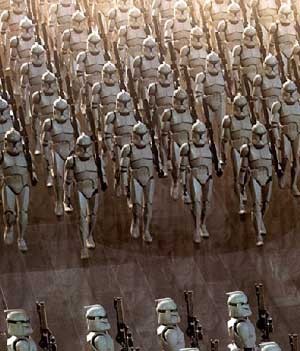Both the reading and lecture this week was discussing the phenomenon of artificial intelligence. Marie O’Mahony was our guest lecturer and spoke about what she thinks about the future of fabrics. She had a lot of interesting ideas and projects one that was already finished, Nikes heated surf Jacket – Hbomb.
For me fabric often means clothing products. So why are clothes an important part of the future? I believe that clothes are one of those few necessities that will stay with us for a long future. Not only does it keeps us warm but it is also (like it or not) an important part of defining who you are and what group you belong to, especially for young people.
A few of the ideas that Dr O’Mahony presented tried to replicate natural processes on an industrial level.
One of these was the Canadian biotechnology company Nexia who used the spider silk gene and implanted it in goats. The goats milk later contained spider silk protein, which could be used to create spider silk. The material is extremely strong and has in some small regions in Eastern Europe been used to cover wounds. The story tells that it even have connected with the skin. The future band-aid?
So in what way will the future combine artificial intelligence and fabric/clothing?
One interesting technology-based project was an idea of a fabric that could respond to your thoughts. Different thoughts and feelings would result in different colours or even patterns. Almost like an advanced mood ring. I thought this was an interesting idea and would be another step in identifying yourself to others but also as a social interaction.
But what if you made it work the other way around so that your dress responds to what other people think of you? It would make a direct social interaction even more direct. Your clothes could communicate thoughts and feelings even before you realised what you felt.
One thing that all the projects had in common where that the future fabric will not only be pretty, it will have a practical technology based function that makes it interact and communicate more with its surroundings.

Bubelle sensitive emotion dress, prototype made for Phillips.







